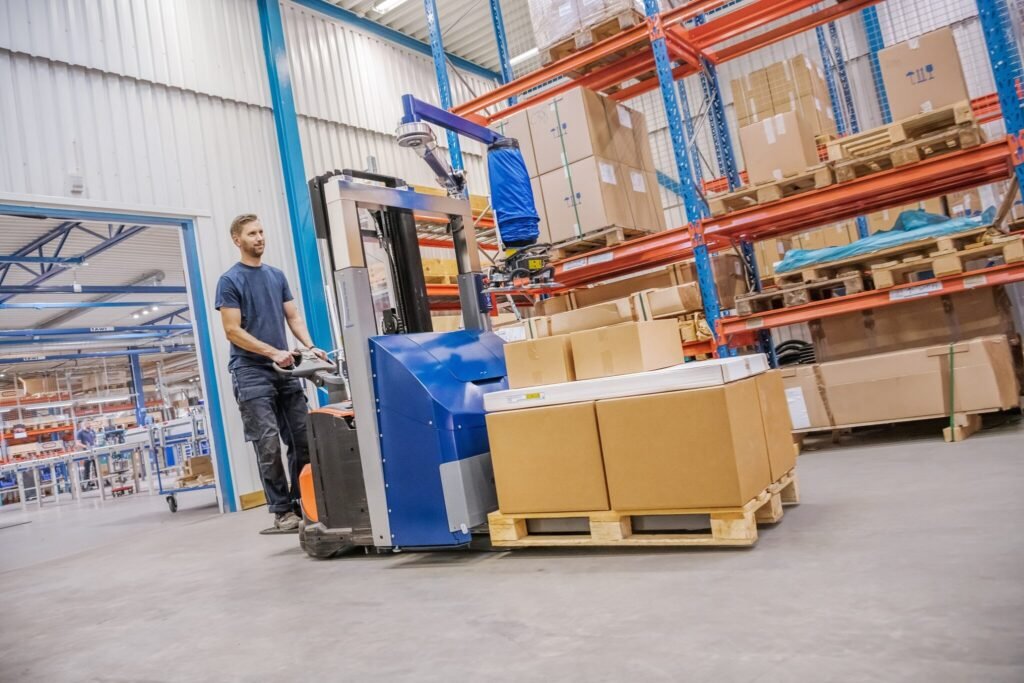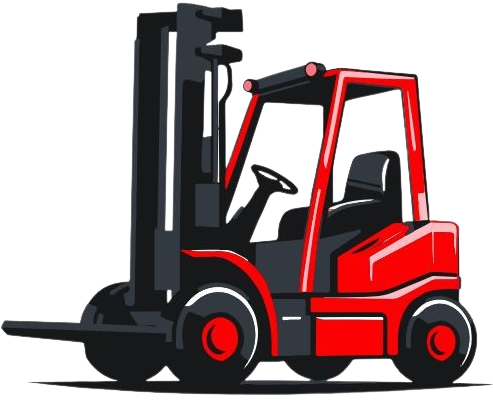The Ultimate Guide to Picker Forklifts: Enhancing Efficiency and Safety
Picker forklifts, often hailed as the unsung heroes of warehouses, play a crucial role in streamlining operations and boosting productivity. In this comprehensive guide, we’ll delve into the world of picker forklifts, exploring their functionality, benefits, and how they revolutionize the way businesses handle inventory management. Whether you’re a seasoned warehouse manager or simply curious about these remarkable machines, read on to discover everything you need to know.
1. Understanding Guide to Picker Forklifts
Picker forklifts, also known as order pickers, are specialized industrial vehicles designed for the efficient retrieval of products from high shelves in warehouses. Unlike traditional forklifts that primarily handle pallets, picker forklifts are equipped with platforms or forks that elevate the operator to reach items at various heights within the storage racks.
2. Types of Picker Forklifts

Picker forklifts come in various configurations to suit different warehouse requirements. Some common types include man-up and man-down models, narrow aisle pickers, and low-level order pickers. Each type offers unique features tailored to specific operational needs.
3. How Picker Forklifts Work
These ingenious machines operate using a combination of hydraulic systems and electric motors. The operator controls the movement of the picker forklift, maneuvering it to the desired location within the warehouse. Once positioned, the platform or forks are raised to access the required items, allowing for swift and efficient picking.
4. Advantages of Using Picker Forklifts
Increased Efficiency: Picker forklifts enable faster order fulfillment by reducing the time required to retrieve items from high shelves. Enhanced Safety: With ergonomic designs and safety features, picker forklifts minimize the risk of accidents and injuries in the workplace. Improved Accuracy: Operators can precisely select and retrieve specific items, reducing errors in order fulfillment and inventory management. Space Optimization: By utilizing vertical storage space, picker forklifts help maximize warehouse capacity, leading to better space utilization and cost savings.
5. Safety Measures for Operating Picker Forklifts
Safety should always be a top priority when operating picker forklifts. Operators must undergo thorough training to familiarize themselves with equipment operation and safety protocols. Key safety measures include wearing appropriate personal protective equipment (PPE), conducting routine equipment checks, and adhering to weight capacity limits.
6. Maintenance Tips for Picker Forklifts
Regular maintenance is essential to ensure the optimal performance and longevity of picker forklifts. This includes inspecting components for wear and tear, lubricating moving parts, and scheduling periodic servicing by qualified technicians. By following a proactive maintenance schedule, businesses can minimize downtime and prolong the lifespan of their equipment.
7. Integrating Picker Forklifts into Warehouse Operations
Picker forklifts seamlessly integrate into existing warehouse workflows, enhancing efficiency and productivity. By strategically deploying these versatile machines, Guide to Picker Forklifts businesses can streamline order picking processes, reduce labor costs, and improve overall operational performance.
8. Choosing the Right Picker Forklift for Your Needs
When selecting a picker forklift, it’s essential to consider factors such as warehouse layout, storage height requirements, and operational volume. Consulting with experts or conducting a thorough needs assessment can help businesses identify the most suitable model to meet their specific needs and budget constraints.
9. Training Requirements for Operating Picker Forklifts
Operators must undergo comprehensive training to ensure safe and proficient operation of picker forklifts. Guide to Picker Forklifts Training programs typically cover equipment operation, safety procedures, and emergency protocols. Ongoing refresher courses and certification renewals are also essential to maintain operator competency and compliance with regulatory standards.
10. Environmental Impact of Picker Forklifts
As businesses increasingly prioritize sustainability, the environmental impact of picker forklifts is a significant consideration. Many modern models feature energy-efficient designs and alternative power sources such as electric batteries, reducing carbon emissions and minimizing environmental footprint. By investing in eco-friendly equipment, businesses can align with green initiatives while optimizing warehouse operations.
11. Future Trends in Picker Forklift Technology
The future of picker forklifts promises exciting advancements in technology and innovation. From autonomous navigation systems to predictive maintenance capabilities, emerging trends aim to further enhance efficiency, safety, Guide to Picker Forklifts and operational intelligence. By staying abreast of these developments, businesses can future-proof their operations and gain a competitive edge in the marketplace.
Conclusion
In conclusion, picker forklifts represent a cornerstone of modern warehouse management, offering unparalleled efficiency, safety, and versatility. Guide to Picker Forklifts By understanding their functionality, benefits, and best practices for operation, businesses can harness the full potential of these indispensable machines to optimize their operations and drive success.
Frequently Asked Questions (FAQs)
1. What is the maximum height a picker forklift can reach? Picker forklifts are available in various configurations, with some models capable of reaching heights exceeding 30 feet, depending on the specific requirements of the warehouse.
2. Are there weight limitations for items retrieved using picker forklifts? Yes, each picker forklift has a specified weight capacity, and operators must adhere to these limits to ensure safe operation and prevent accidents.
3. Can picker forklifts be used in outdoor environments? While some models are suitable for outdoor use, most picker forklifts are designed for indoor warehouse applications, where they can operate efficiently in controlled environments.
4. How often should picker forklifts undergo maintenance? Regular maintenance intervals typically include daily checks by operators, weekly inspections by supervisors, and scheduled servicing every 250-500 hours of operation, depending on usage intensity.
5. Do picker forklift operators require special certifications? Yes, operators must obtain appropriate certifications to operate picker forklifts safely and legally. Training programs cover equipment operation, safety procedures, and regulatory compliance.
